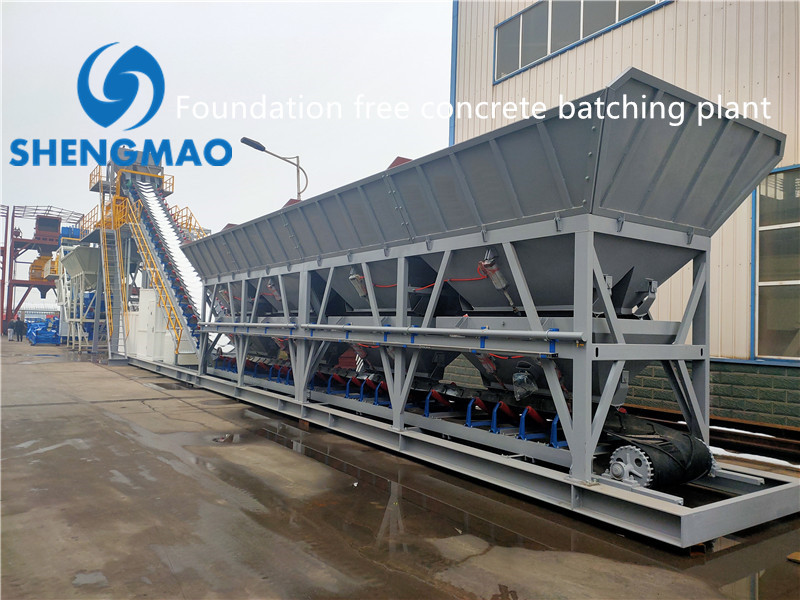Concrete batching plants are pivotal in the construction industry, serving as the backbone for various construction projects ranging from residential buildings to infrastructure development. Understanding the key components and their functions in a concrete batching plant is essential for maximizing efficiency, ensuring quality concrete production, and ultimately delivering successful construction projects.

Aggregate bins are the first stop in the concrete production process. These bins store different types and sizes of aggregates such as sand, gravel, and crushed stone. Each aggregate type serves a specific purpose in achieving the desired concrete mix properties. The function of aggregate bins is to precisely measure and dispense the required aggregates into the batching plant's mixer according to the predetermined mix design.
Conveyor belts play a crucial role in transporting aggregates from the storage bins to the mixer. These belts ensure a continuous and efficient flow of materials, minimizing downtime and maximizing productivity. The proper functioning of conveyor belts is essential for maintaining the pace of concrete production and preventing material wastage.
The weighing system is the heart of a concrete batching plant, responsible for accurately measuring and proportioning the various components of the concrete mix. This system ensures that the correct quantities of aggregates, cement, water, and additives are combined to achieve the desired concrete properties. Precision in proportioning is critical for consistency in concrete quality and strength.
The mixer is where the magic happens – where the individual components of the concrete mix are combined and transformed into a homogeneous mixture. Different types of batch concrete plant such as twin shaft mixers or drum mixers, may be used depending on the specific requirements of the project. The mixer's function is to thoroughly blend the aggregates, cement, water, and additives to produce a uniform and workable concrete mix.
Cement silos are dedicated storage structures designed to store bulk quantities of cement. Cement serves as the binding agent in concrete, providing cohesion and strength to the mixture. The function of the cement silo is to store cement securely and protect it from external factors such as moisture and contamination, ensuring its quality and integrity until it is needed in the batching process.
The control system acts as the nerve center of the concrete batching plant, orchestrating its operations and ensuring seamless coordination between the various components. Modern batching plants are equipped with advanced computerized control systems that allow for precise monitoring and control of the entire production process. The control system regulates parameters such as material flow, mixing time, and water-cement ratio, optimizing efficiency and quality.
Water is a crucial ingredient in concrete production, serving as the medium for hydration and chemical reaction with cement. The water system in a batching plant is responsible for supplying the precise amount of water needed to achieve the desired consistency and workability of the concrete mix. Proper water management is essential for controlling the concrete's setting time, strength development, and durability.
Additives are specialty chemicals added to the mini concrete batching Plant to modify its properties and enhance performance. Common additives include admixtures for improving workability, accelerating or retarding setting time, and enhancing durability. Additive dispensers in a batching plant ensure accurate dosing and mixing of additives, allowing for precise control over the concrete's properties and performance.
Understanding the key components and their functions in a concrete batching plant is vital for optimizing efficiency, ensuring quality, and delivering successful construction projects. From aggregate bins to control systems, each component plays a crucial role in the concrete production process. By mastering the intricacies of these components, construction professionals can harness the full potential of batching plants to meet the demands of modern construction projects.
Next
None
Comments
Please Join Us to post.
0